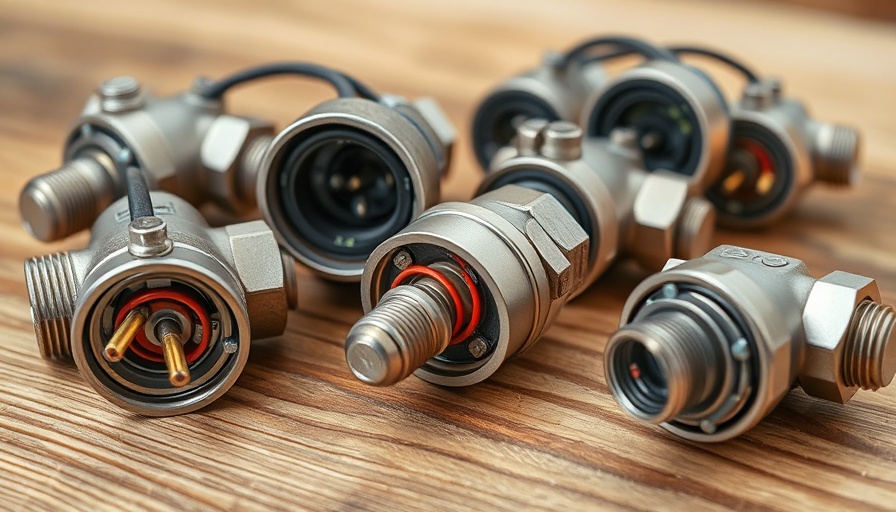
Understanding the 3-Wire Zone Valve Mechanism
Interconnected heating systems often require meticulous control to efficiently manage temperature in diverse spaces. A 3-wire zone valve is an ingenious solution, enabling separate zones within a building to maintain distinct climate settings. As buildings become more dynamic, so do their heating needs, making zone valves not just functional but essential for energy efficiency.
The Anatomy of a 3-Wire Zone Valve
A typical 3-wire zone valve operates on a simple yet effective principle: it opens and closes based on signals from a thermostat. It requires three wires: one for powering the opening, another for the closing, and a common wire that provides a ground connection. This design allows the zone valve to be activated on demand, facilitating optimal heat distribution within the building.
For instance, in the White Rodgers Type 1311 valve, a motor spins a barrel-type valve stem to control the flow of heated water. This sophisticated system provides precise control, changing positions every 90 degrees. To the untrained eye, the operation may seem straightforward, but the mechanics behind it reveal layers of complexity essential for effective HVAC function.
Failure Points and Troubleshooting Tips
Despite their robust designs, 3-wire zone valves can encounter issues that hinder performance. A common scenario involves the valve spinning continuously, which can lead to inadequate heating. Technicians, when faced with such problems, might instinctively replace the entire valve. However, understanding the mechanics can save both time and resources. Technicians should check for correct wiring, particularly that the thermostat is compatible with the 3-wire setup. Issues such as faulty motors or worn O-rings can also lead to operational failures.
Energy Efficiency Benefits of Zone Valves
The integration of zone valves in modern heating systems aligns perfectly with the increasing demand for energy efficiency. By allowing for individualized temperature control in designated areas of a building, zone valves minimize energy waste. This not only contributes to lower utility bills but helps reduce the overall environmental impact. It’s a win-win situation for both users and our planet.
The Future of Heating Control
As technology progresses, the operation and application of zone valves are sure to evolve. Innovations in smart home technology can lead to advancements in valve operation, providing users greater control and efficiency. Imagine thermostats that adjust not just based on pre-set programs but learn from individual habits, optimizing heating patterns for ultimate convenience.
Conclusion: The Value of Understanding Your Systems
Being informed about how zone valves and their mechanisms work empowers users to make smarter decisions about their heating systems. Whether you are a technician, homeowner, or enthusiast, grasping the details of a 3-wire zone valve is crucial for maintaining the efficiency and longevity of heating systems. Next time you encounter issues with a zone valve, applying the insights from this guide could lead you to a solution faster than you expected.
 Add Row
Add Row  Add
Add 




Write A Comment